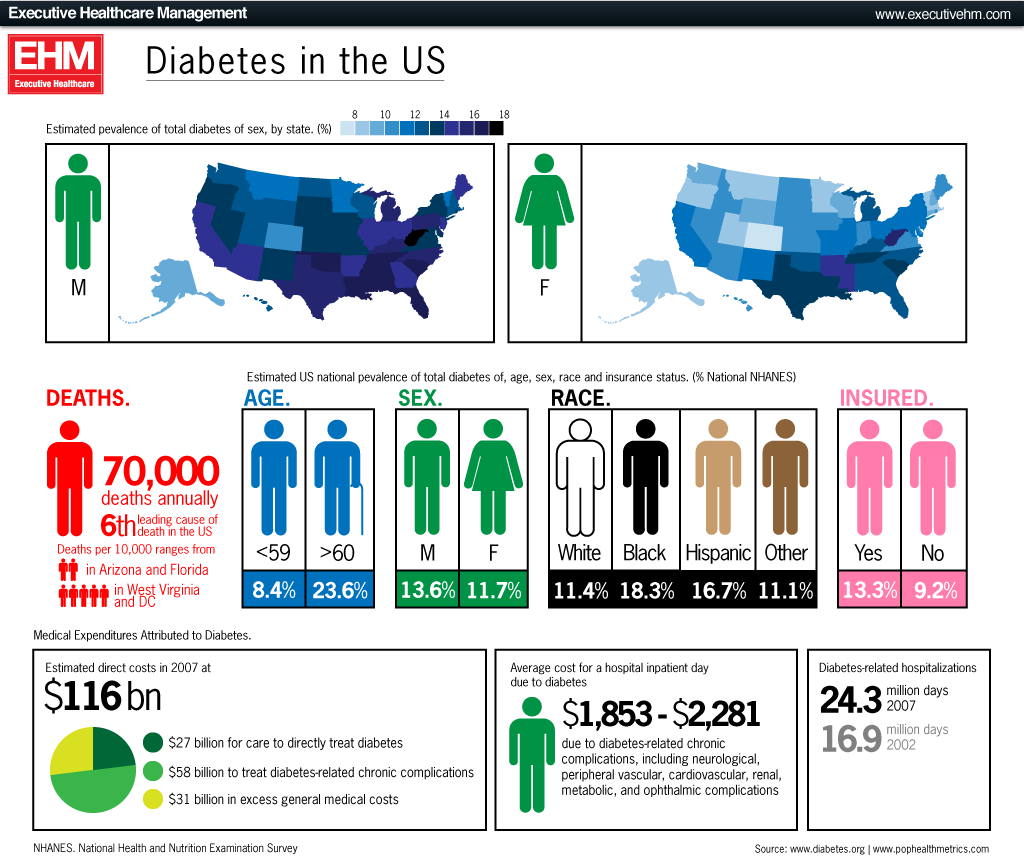Every driver has a personal story and for millions of people, this includes living with diabetes. According to the American Diabetes Association, approximately 9.3 percent of the American population suffered from diabetes in 2012. At that time, 1.7 million new diagnoses occurred each year and approximately 208,000 American youths under age 20 had been diagnosed with this disease.
Young or old, drivers with diabetes should consider several things before getting behind the wheel, say Registered Nurses Nancy Klobassa Davidson and Peggy Moreland, authors of the article “Tips for Safe Driving with Diabetes. “ High blood glucose levels can cause blurred vision or fatigue while low levels may lead to confusion, loss of consciousness, or seizures. Left uncontrolled, diabetes could result in impaired vision or nerve damage in the feet, legs, or hands, compromising driving ability.
Diabetes patients can contribute to safe driving in several ways. Before driving, they should check their blood glucose levels. Both oral diabetes medications and insulin can cause blood glucose to fall to unsafe levels, so drivers should ensure that levels are within their goal ranges before getting behind the wheel. While traveling, drivers should stop every two to four hours for retesting.
When packing for a road trip, diabetes sufferers should include quick-acting glucose sources such as fruit snacks, non-diet soda, crackers, and glucose tablets. If they feel their blood glucose levels are low while driving, they should pull over, test themselves, and consume some of these goodies. After waiting 15 minutes, drivers should retest themselves and avoid driving until their blood glucose levels reach their goal ranges.
Snacking is important but drivers with diabetes should not overdo it because this can elevate blood glucose to unsafe levels, causing sleepiness. Rather than snacking to fill the time, drivers should stop every two or three hours to stretch, walk around, and enjoy the scenery. When traveling with pets, drivers should use this opportunity to take Fido for a walk and give him some water. Fresh air and exercise are healthier energizers than coffee and snacks are.
Millions of people live with diabetes without developing long-term complications. They pay attention to and manage their conditions, keeping blood glucose within healthy levels. Controlling blood sugar reduces the risk of health-related complications and keeps diabetes sufferers safer while on the road. People who have diabetes should also consult their physicians regularly to verify that they are still fit to drive safely.
*Photo Courtesy of GDS Inforgraphics via Creative Commons License

